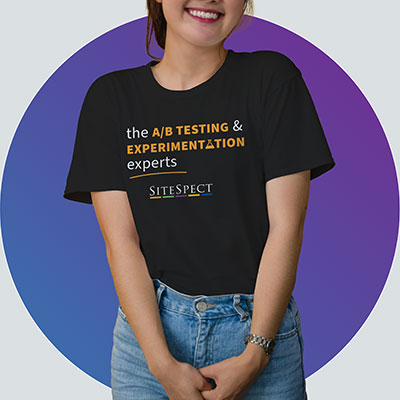Site Latency and Other Key Themes from Conversion Conference 2014
By SiteSpect Marketing
March 27, 2014
Share
More than 200 professionals converged on the recent Conversion Conference in San Francisco to hear from industry experts and update their skills in website conversion optimization. It’s one of our favorite conferences and we were pleased to participate as a sponsor and exhibitor.
Our third year at this event brought another exciting and productive experience. Discussions with attendees who visited the SiteSpect booth revealed the emergence of three key themes: site latency, “flicker” effect, and campaign production time.
Here are some web development practices that you can use to address these challenges:
- Reduce site latency: While optimization platforms provide a multitude of benefits, if they’re not carefully designed, they can substantially lengthen page load times by increasing network latency. To minimize this, organizations should review different optimization platforms’ architecture and gauge their impact on latency. In this respect, reverse proxy-based platforms have the edge over tag-based platforms because they deliver single or low double-digit latency (typically just 4-12 milliseconds). Performance optimization techniques, such as using AMPSTM, can further reduce site latency.
- End the flicker effect: Tags that swap content for A/B testing increase load time and often deliver a less than ideal experience. Known as the flicker effect, a page begins loading in the browser and then the content-swapping tag suddenly changes an element on the page (for example, see http://www.greenmountaincoffee.com/). Optimization platforms that generate test pages directly, as opposed to altering existing pages, allow organizations to avoid this problem altogether.
- Accelerate campaign production time: Organizations are trying to run more A/B tests than ever to maximize lift through continuous experimentation. However, if it takes a lot of time or consulting hours to build an A/B test, continuous experimentation is simply not scalable. An optimization solution that doesn’t require lots of code to build each A/B test is the best way to achieve your company’s A/B testing volume goals.
Beyond these themes, attendees mentioned that they want to A/B test more than just buttons and text changes. They also want to A/B test price, features, functionality, and mobile app content, and do it with highly flexible A/B testing. If you are facing the same challenges, we’d love to hear from you. In any event, we look forward to sharing insights about how to do this at Conversion Conference Boston this fall!
To learn more about SiteSpect, visit our website.
Share
Suggested Posts
Subscribe to our blog:





